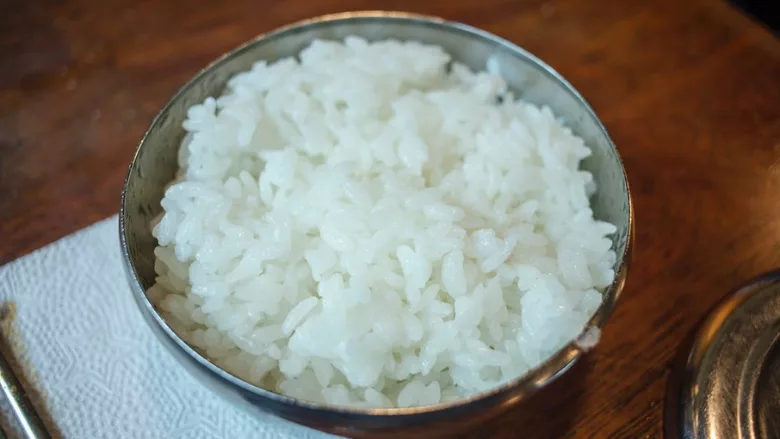EU’s New Maximum Levels for Inorganic Arsenic in Certain Foods

Credit: makafood via Pexels
The EU is making changes to the levels of arsenic allowed to be present in certain foods.
The new maximum levels for inorganic arsenic differ for certain foods, and are laid out in Section 3, Subsection 3.5 of the Annex to Regulation (EC) No 1881/2006, as follows:
- Non-parboiled milled rice (polished or white rice): 0.15 micrograms per kilogram of bodyweight (μg/kg)
- Parboiled and husked rice: 0.25 μg/kg
- Rice flour: 0.25 μg/kg
- Rice waffles, rice wafers, rice crackers, rice cakes, rice flakes, and popped breakfast rice: 0.3 μg/kg
- Rice destined for the production of food for infants and young children: 0.1 μg/kg
- Non-alcoholic rice-based drinks: 0.03 μg/kg
- Infant formula, follow-on formula, foods for special medical purposes intended for infants and young children, and young child formula marketed as powder: 0.02 μg/kg
- Infant formula, follow-on formula, foods for special medical purposes intended for infants and young children, and young child formula marketed as liquid: 0.01 μg/kg
- Baby foods: 0.02 μg/kg
- Fruit juices, concentrated fruit juices as reconstituted, and fruit nectars: 0.02 μg/kg
- Salt: 0.5 μg/kg (reflecting the Codex Alimentarius maximum level).
Considering that certain foods covered by the amended regulation have a long shelf life, products that were lawfully placed on the market before the date of application of the regulation are allowed to remain on the market.
Background
On March 3, 2023 the European Commission published Regulation (EU) 2023/465, amending Regulation (EC) No 1881/2006, which sets forth maximum levels of contaminants, such as arsenic, in certain foods. Previously, in 2009, the European Food Safety Authority’s Scientific Panel on Contaminants in the Food Chain (EFSA’s CONTAM) adopted an opinion that concluded the provisional tolerable weekly intake (PTWI) for arsenic set forth by the Joint Food and Agriculture Organization of the United Nations (FAO)/World Health Organization (WHO) Expert Committee on Food Additives (JECFA)—15 μg/kg—to no longer be appropriate. CONTAM drew this conclusion based on data showing inorganic arsenic to cause lung, bladder, and skin cancer, alongside other adverse effects, at exposures lower than 15 μg/kg. The panel also determined that people who consume a lot of rice, as well as children under three years of age, have a higher risk of excessive inorganic arsenic exposure, based on a “benchmark dose lower confidence limit” (BMDL01) set between 0.3–8 μg/kg.
Additionally, in a 2014 scientific report on dietary exposure to inorganic arsenic among the European population, EFSA identified grain-based products as the main contributor to arsenic exposure, with rice, milk, and dairy products as important contributors. Based on this information, Commission Regulation (EU) 2015/1006 (5) set maximum levels for the presence of inorganic arsenic only in rice and rice-based products, and asked EU Member States to monitor the presence of arsenic in a wide variety of foods in subsequent years. An EFSA scientific report from 2021 assessed chronic dietary exposure to inorganic arsenic, taking into account the most recent occurrence data for inorganic arsenic in food. It concluded that across different age classes, the main contributors to dietary exposure to inorganic arsenic were rice, rice-based products, grains and grain-based products not containing rice, and drinking water. EFSA also determined that certain foods intended for babies and young children to be a significant contributor to children’s dietary exposure to inorganic arsenic.
The existing mean and 95th percentile exposures to arsenic in food still lie within the range of the BMDL01 values identified in the CONTAM scientific opinion of 2009. Therefore, the European Commission finds it appropriate to establish new maximum levels for commodities contributing to exposure to arsenic and lower existing maximum levels, where feasible, based on occurrence data.
Looking for quick answers on food safety topics?
Try Ask FSM, our new smart AI search tool.
Ask FSM →








